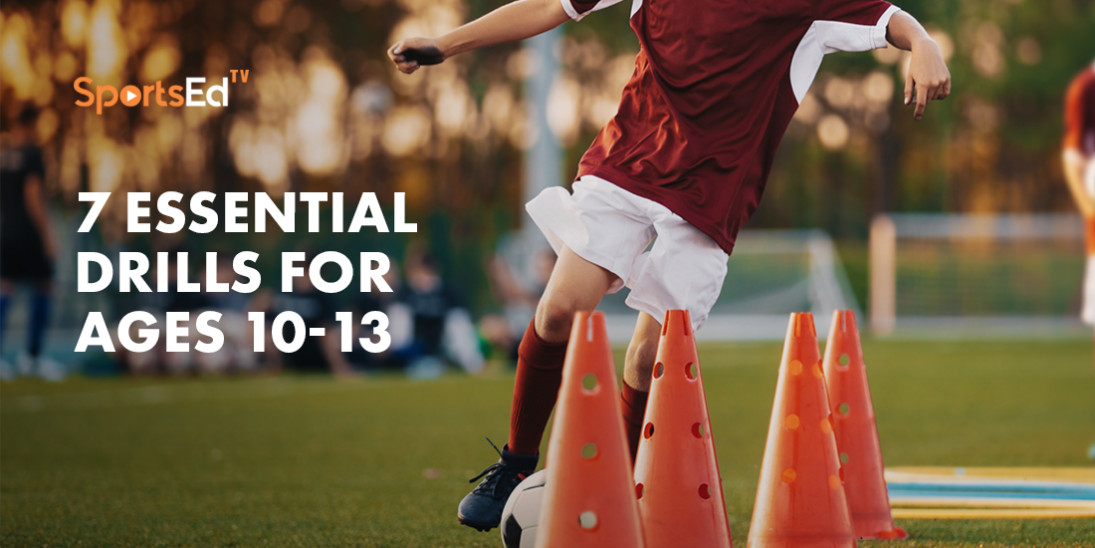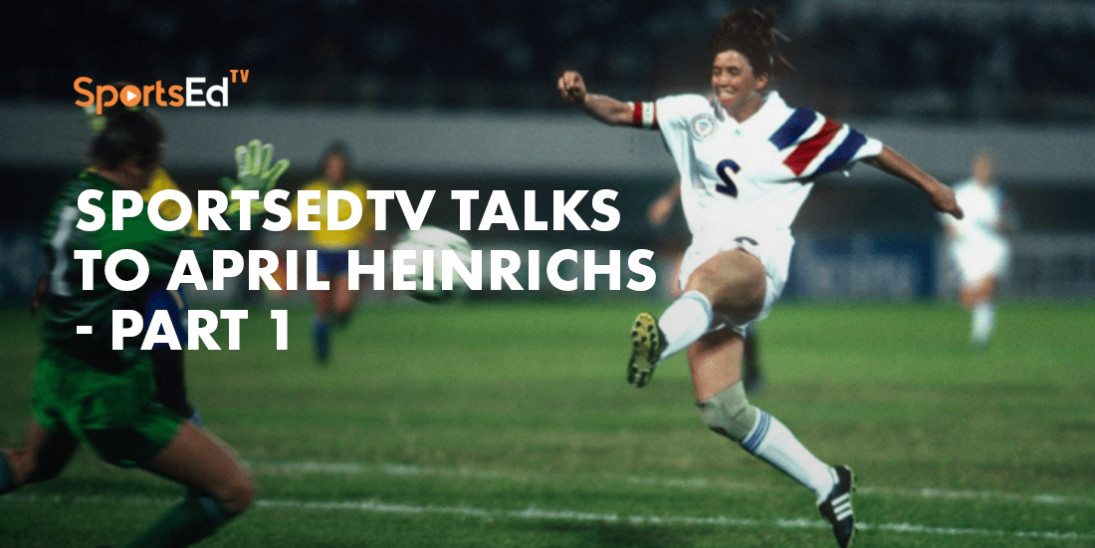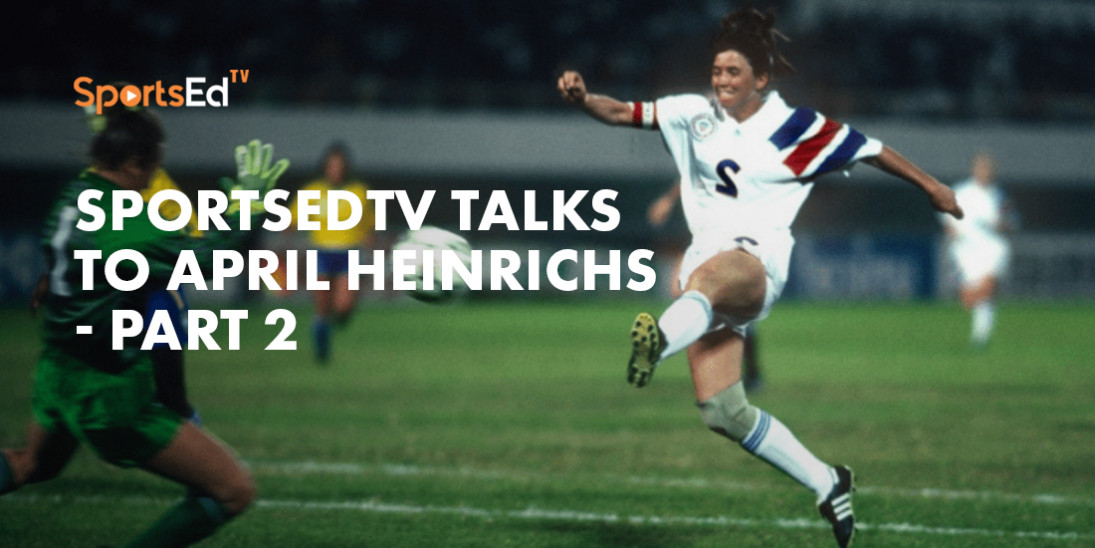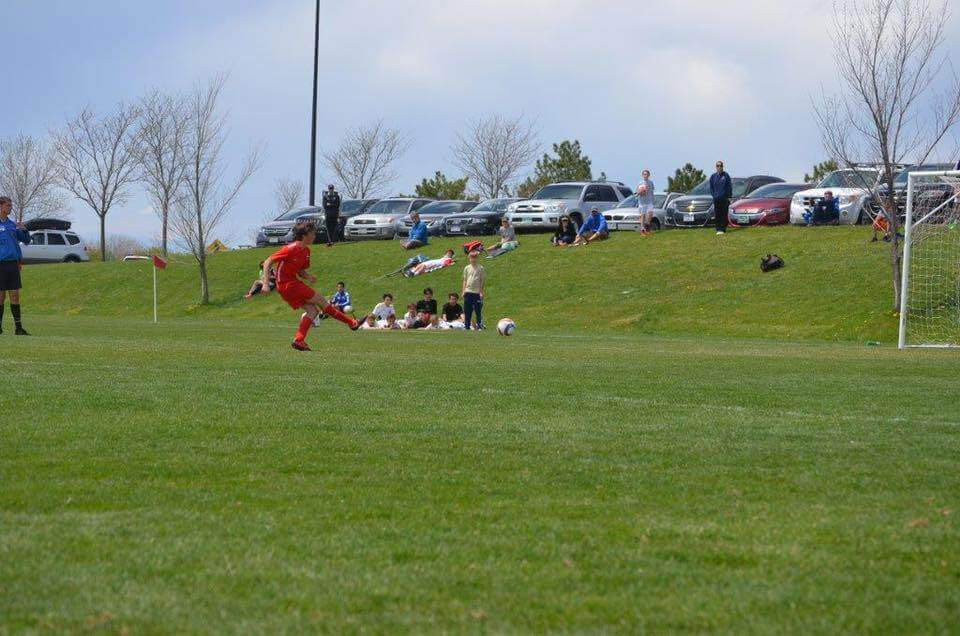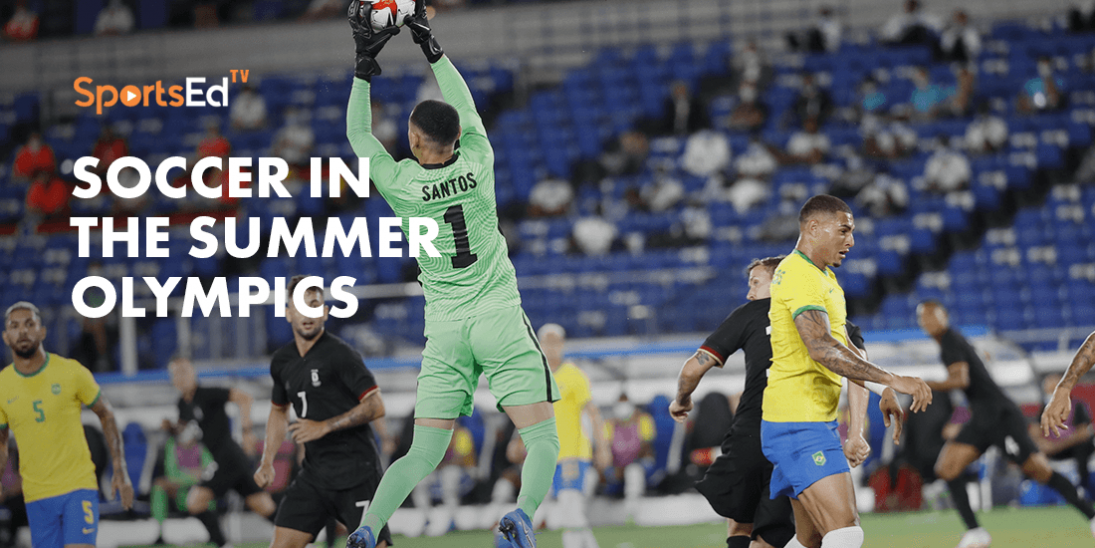Soccer
Welcome and thanks for visiting...

How To Choose Soccer Cleats
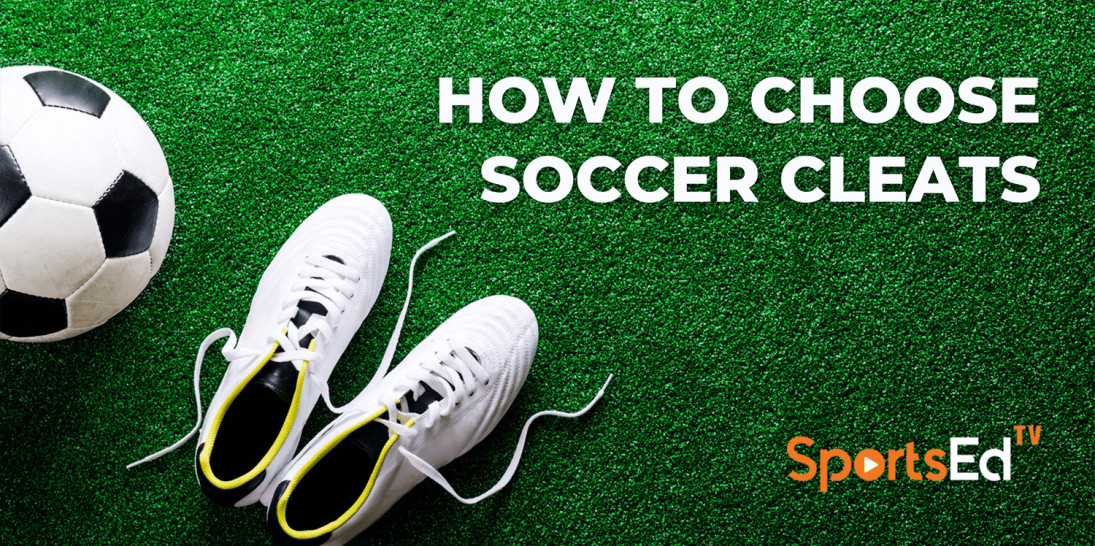
SportsEdTV Soccer is committed to bringing athletes, coaches, and parents pro-level Soccer education videos for FREE. All levels, anywhere, anytime. Check out our full instructional library and sign up to join our Soccer community.
How To Choose Soccer Cleats
Buying soccer cleats is an important and often overwhelming decision. A cleat won’t make a player more skilled, but the difference between the right and wrong cleat can have a significant impact on health, comfort, and overall enjoyment of the beautiful game. With so many options to choose from, how do you pick the best soccer cleat?
Type of soccer cleats
First, think about what surface and context the cleats will be used on/in. Are you or your child playing in a soccer league? The league will more likely than not have requirements for the type of cleats used. Oftentimes, turf or indoor fields require turf or indoor shoes - these are types of soccer shoes without the studs on the bottom. For a grass field, there are firm ground (FG) cleats and soft ground (SG) cleats. The difference between the two is the stud pattern on the bottom of the cleat, and sometimes the material of the stud. FG cleats are for standard grass and the most common fields, while SG cleats are for particularly wet/soft fields. SG cleats often come with metal studs that can be swapped out for plastic ones. SG cleats are not used very often. Most leagues ban metal studs, SG with plastic studs can be worn but are only ideal when playing on a particularly wet/soft surface. Unless your league advises SG cleats, pay attention to if it is a turf field or a grass field. For turf, check their guidelines - they likely advise turf cleats. If grass and SG cleats are not specifically advised, choose FG cleats. There are also multi-ground (MG) cleats, which can be considered as FG cleats for most purposes. When buying soccer cleats, always check with your league or facility beforehand to make sure you know what type to look for.
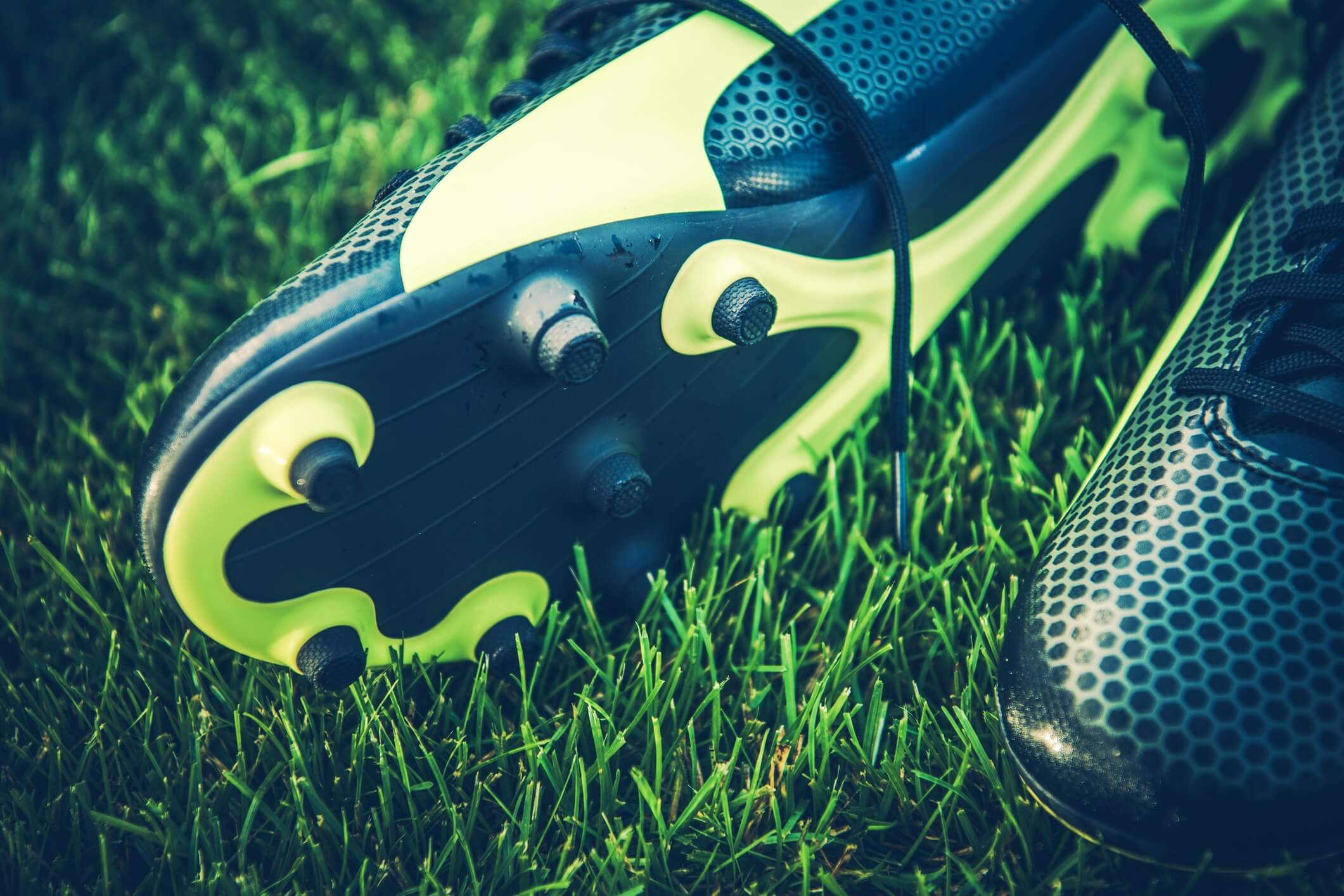
Priorities when choosing soccer cleats
If you are buying cleats for yourself, make sure you understand your priorities. If you are buying for your child, understand their priorities. Oftentimes for players, appearance takes precedence over comfort and fit. This is silly, however that doesn’t mean it won’t be the case. If it’s your child you are buying for, it’s likely that how you choose soccer cleats is not exactly how they choose soccer cleats. Remember, and remind them, that comfort and fit are always the most important things! Never buy a cleat that isn’t comfortable or doesn’t feel right, as it will make playing miserable. Once the playing starts, the player will forget what the cleats look like anyways but will be constantly reminded of how comfortable (or uncomfortable!) they are.
Aspects to consider when selecting soccer cleats
Before we can discuss how to choose the right soccer cleat, here are some of the most impactful factors to consider that make the difference between cleats.
1. Soccer Cleats Material
The material of the cleat is a very important factor. The general categories are leather and synthetic. There are also synthetic leather, knit, and mesh. Within these categories, there are more options, such as kangaroo leather. It may sound overwhelming, but there are really no right/wrong ways to go here, it’s about personal preference, and the best way to establish your preferences is to start trying them on and see what feels best. For example, kangaroo leather cleats are very soft. They can be a great option for players with wider feet, or more sensitive feet, etc. as the leather will stretch and mold to the shape of the foot. On the other hand, it is more expensive and less durable than some other materials. Other leather types are more durable, but heavier. Synthetic cleats are very light, but not as soft. There are pros and cons of the different materials, so pay attention to this when trying soccer cleats on or researching them. It’s helpful to establish some preferences as to what you do and do not like, as it will help you narrow down your options. Don’t get drawn too deep into the different labels and categories when first starting out, focus on the feel of the cleat when it’s on your foot and start to know your likes and dislikes. Personally, I didn’t have to try on many cleats to know that leather was the material I strongly preferred. This helps narrow down options and makes the search easier.
2. Soccer Cleats Weight
The weight of the cleat is another factor worth considering. Most players will prefer lighter cleats, but as mentioned in the previous section, lighter generally means synthetic material which is not ideal for everyone. When trying on cleats, pay attention to how big a factor the weight is for you.
3. Soccer Cleats Price
Price is another important consideration. Generally speaking, the more expensive cleats will be of higher quality, but it's certainly not a linear relationship. Price also reflects trends, style, professional player affiliations, etc. Know what your budget is for the right cleat and research for the higher quality and best soccer cleats within that range. We don’t recommend only going for the cheapest cleats you can find, but also don't be misled into thinking you have to break the bank to find a quality pair. The right fit and comfort are always the most important factors at the end of the day and do keep in mind that the expenses of the wrong cleat do add up (foot problems, injuries, blisters, etc.).
4. Insole
The insole refers to the inside sole of the cleat, which your foot will be on. The insole is usually removable, but not always. If you or your child has inserts that go in the place of the insole, make sure the cleat you buy has a removable insole. Also, the insole must be comfortable. If you or your child has a high arc, you might prefer cleats with a bit of arch support built into the insole. Other players will prefer more flat insoles. Some prefer softer/cushioned insoles, others not as much. Pay attention to what insole type feels best when trying cleats on.
5. Soccer Cleats Outsole
The outsole is the plastic bottom of the cleat. Consider how the outsole feels when trying on the shoe. For example, if the outsole is narrow and your foot is wide, you may feel unsupported on the sides when shifting your weight.
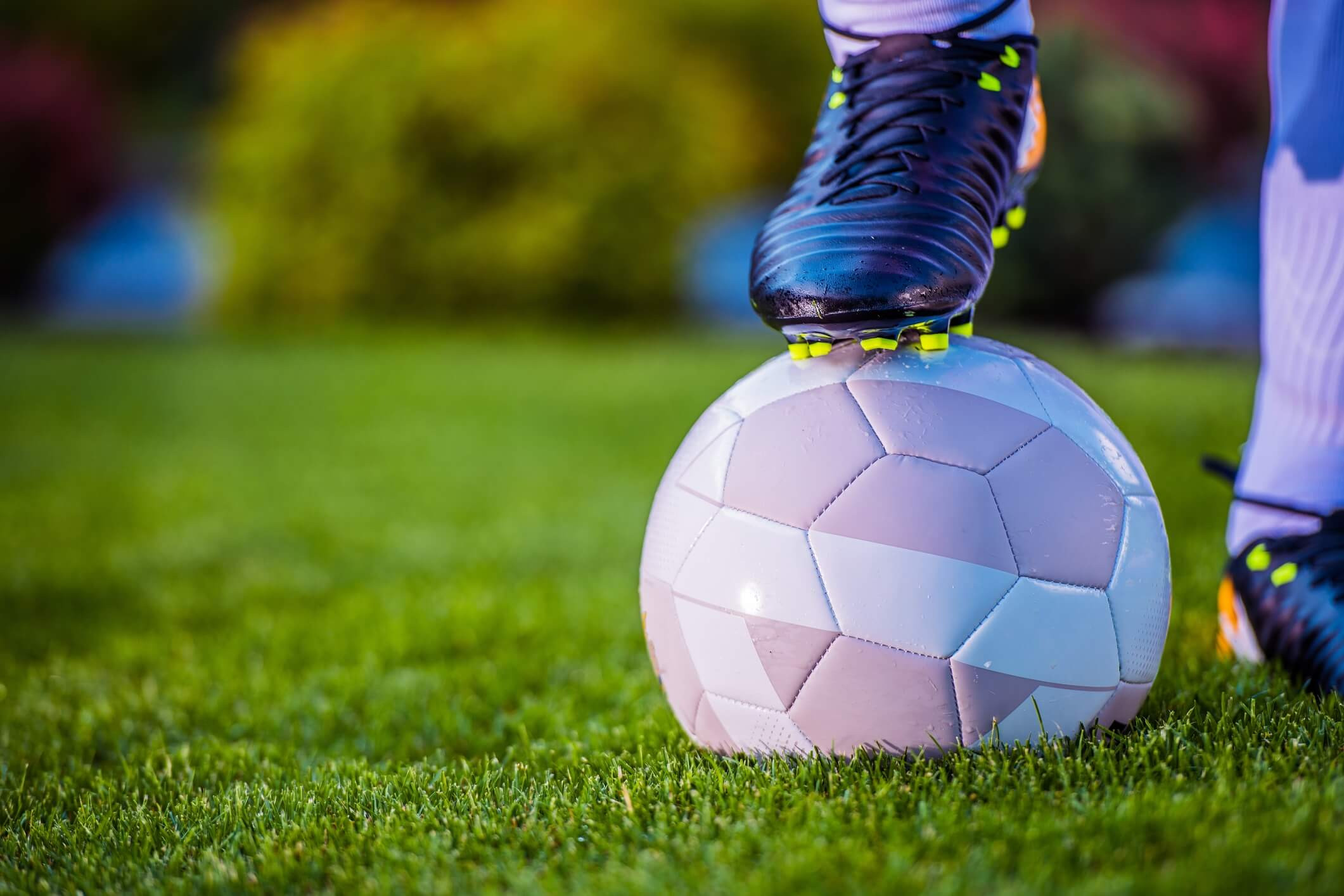
The First-Draft Choices
Online research is a great place to start your search for the best cleat for you. It’s good to come up with a few possible choices from research, rather than just finding one that looks right. You might have one that sounds the most promising, but it’s good to know of a few others that might work as well. If the athlete (you or your child) has any specific physical features, make sure to research what the best soccer cleats are for that. Features like wide feet, narrow feet, high arches, flat feet, prone to blisters, Achilles tendonitis, uses inserts, etc. are all relevant and worthy of your research of what other parents/players with the same condition have found works best for them in terms of cleats. Come up with a list of the perfect soccer cleats that sound the most promising. If you or your child doesn’t have any particular features like this, do general research on what other players/parents have found works the best for them. Until you know your preferences make sure the list has some variety, meaning include cleats made of different materials, different styles, by different brands, etc. The next phase is the try-on haul, and a mix of cleats will give you or your child a better idea of what is preferable.
Trying Soccer Cleats On
The next step is to find a store and try on the cleats from your list. We highly recommend buying soccer cleats in person. If you buy online, make sure the store has a very accessible return policy. That way, you can order multiple and try them out at home. Also, online reviews are very valuable on websites like Amazon as they’ll give you insight into other buyers' experiences. Those reviews are worth looking at even if you don’t plan on buying online.
If you go to a store and they don’t have all the cleats on your list, don’t worry. Tell the store employee about you or your child’s preferences in case they have any suggestions you didn't come across in your research, and for any they don’t carry from your list ask them to bring something similar. Start with whatever size you think is best, and as you try them on don’t be afraid to ask for larger/smaller sizes. Different cleats, and especially different brands, are not all sized the same - don’t be afraid to ask for a smaller size in one and a bigger size in another.
When you try soccer cleats on, make sure to try both feet at the same time with the same cleat, and stand up and move around in them. If they are too loose, re-tie them. Too tight, untie them and relax the laces, then tie them again. Don’t rush the process. Try to get a comprehensive feel for the cleats and how they would feel to play in. Ask if you can take a ball from the store and take some touches. Once you’re satisfied with the test, go through the same process with each of the cleats. Eliminate any pairs that were clearly not right even when you had the right size. There’s no formula for the right cleat, it is mainly about how it feels. It shouldn't feel too tight or too loose, too unsupportive or too rigid. It also shouldn’t put uncomfortable pressure on any area of the foot.
Amazon is a great place to find well-reviewed cleats like these. Check out what the customers are saying to understand what types of cleats might work for you
Choosing the right soccer cleats
Finally, make the choice on the cleat you prefer. Your overall feel is the most important factor. You’ll often get a feeling that one pair just feels “right”. Everyone’s feet and preferences are different. We always recommend trying on cleats before buying them and ideally purchasing ones that have a return policy. The right or wrong cleat can make a very significant impact on a player’s experience, so it’s not a process worth rushing.
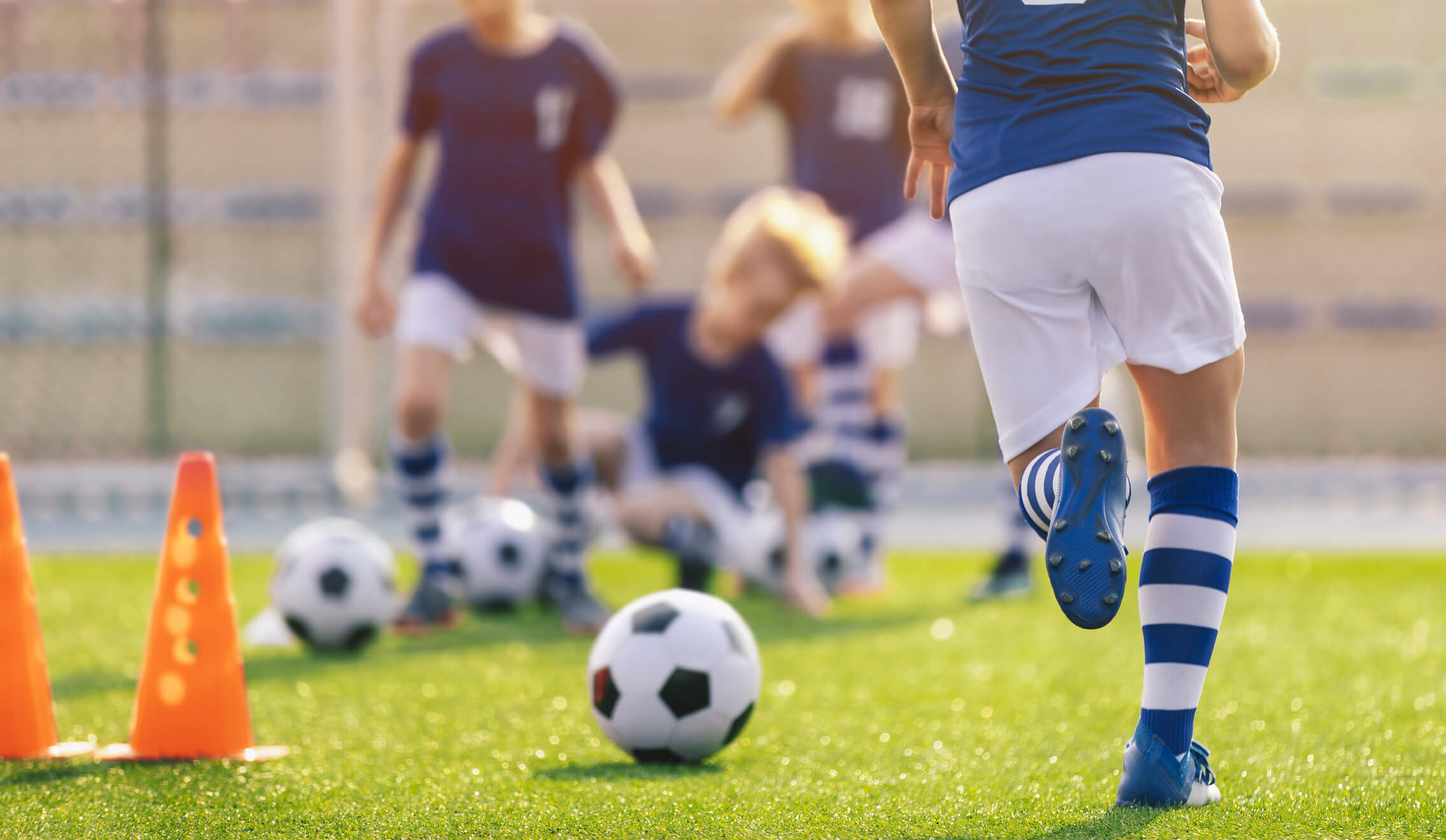
Once players are not growing anymore, they may find that one best soccer cleat they love and continually return to. Shopping will get faster as the player becomes more aware of his/her preferences, but finding the best soccer cleats and fit that feels “right” is always a must.
Follow SportsEdTV Soccer on Facebook and Instagram to stay up-to-date with the latest content


